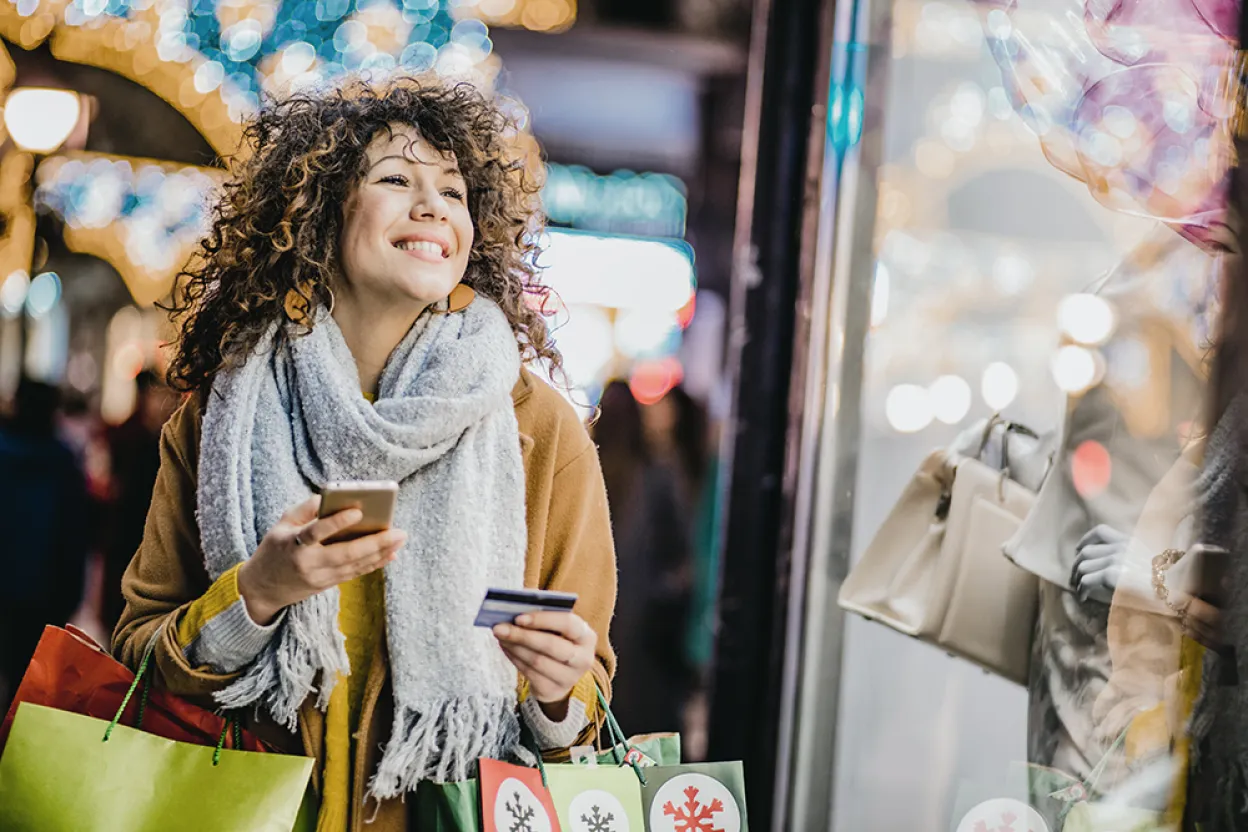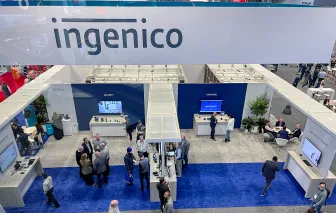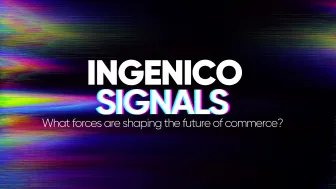PPaaS offers the opportunity for physical stores to finally enjoy all the benefits of a seamless omnichannel world
Are omnichannel shoppers more valuable to retailers than those who prefer to keep their online and offline purchasing separate? This is a question that a group of analysts and marketing experts set out to answer by studying 46,000 customers of a major retail chain in the US.
The results were reported in Harvard Business Review and showed that most of the shoppers in the study were promiscuous when it came to mixing online and offline: just under three quarters of those surveyed used multiple channels during their shopping journey. For example, they would use smartphone apps to compare prices or download coupons, but they also used in-store tools such as interactive catalogues and price-checkers. Some bought online and picked up in store. Others bought in store and had their purchases shipped.
Their spending patterns were revealing. These omnichannel customers spent an average of four per cent more than single channel customers when visiting a store, and ten per cent more online. And with every additional channel they used, they spent more money in the store. Customers who used more than four channels spent nine per cent more, for example.
The omnichannel shoppers were also more loyal. Within the six months following an omnichannel shopping experience, these customers had logged 23 percent more repeat shopping trips to the retailer’s stores and were more likely to recommend the brand to family and friends than those who used a single channel.
“Traditional retailers with physical stores will do better not only by leveraging the power of the online world, but by synchronising the physical and the digital worlds to provide shoppers with a seamless, multi-channel experience that online pure plays simply cannot match,” the report concluded.
The missing guest at the party
The omnichannel vision is a seductive one for retailers. In theory a hundred different customers can follow a hundred different paths to making a purchase as they navigate two or more different channels and touchpoints via the web, mobile, telephone, social media and a physical store. In this connected shopping world, customer engagement is increased and maximised throughout the entire shopping experience. Service becomes more efficient and reams of data are produced to help make the customer journey even sleeker.
It sounds so simple. But there’s a problem. It’s one thing to have all these different channels, but what’s key to the omnichannel experience is that the channels work seamlessly with each other. And when it comes to payments, while online payment orchestration has developed extensively for ecommerce in recent years, the same can’t be said for instore. Yet to be fully integrated with its omnichannel cousins, the instore shopping experience sits somewhat neglected on the sidelines, as if someone forgot to invite it to the party.
According to research by Accenture, almost half of today’s consumers spend their time crossing back and forth between digital and physical interactions with companies. And when shoppers turn up to a physical store, most (as many as 73 percent, according to a survey by Blackhawk Network) want to be able to use the same payment method that they use onlin. At the moment, it’s very likely that won’t be possible, because the huge boom in different online payment methods has generally not reached the instore setting.
The after-payment experience also presents challenges. If a customer buys a product online, but then decides to return it to a store, they want that to be an easy, straightforward process, where the merchant has all the details of the purchase and payment at their fingertips. And it’s a practice the retailer wants to encourage, because it brings customers back to the store, where they might make further purchases. The buy online, return in store model is a trend that was accelerated by the pandemic, together with its cousin, buy online, pick up in store (which includes kerbside pick-up). Neither trend is going away soon, but both can lack true integration.
The Harvard Business Review study showed that omnichannel shoppers are more likely to be loyal to a retailer, but are loyalty schemes offering a seamless experience for those customers when they shop in store? Programs are becoming ever more sophisticated, as they expand to engage customers across a variety of different channels and touchpoints. In theory, if a customer stores an exclusive offer for special deals on their mobile app, they will be able to use it in store. But often this isn’t as seamless and straightforward as it could be, and may involve, say, swiping a separate loyalty card at check-out.
A variety of different payment methods can also bring increased opportunity for security breaches. But customers rightly expect that, as they hop from channel to channel, their security information will remain secure.
Making it seamless with PPaaS
Payments Platform as a Service (PPaaS), which combines payment solutions and third-party services, offers the opportunity for a truly seamless omnichannel commerce and payment ecosystem, delivering a consistent customer journey across any shopping channel. Because PPaaS bridges the gap between instore and online, it means that acquirers, fairy-godmother-like, now have the opportunity to invite retailers with physical stores to the omnichannel ball.
Not only can PPaaS enable a vast number of different payment methods in store, but by offering tokenisation-as-a-service across the entire payments ecosystem, it also offers new possibilities in terms of loyalty and security. A customer’s payment card becomes a unique identifier in a fully secure and compliant environment. This brings retailers the ability to interact seamlessly with customers at every critical moment in their purchasing journey, while also easing security concerns.
Thanks to PPaaS, the point of sale becomes a place of interaction, rather than just transaction. Not only can customers earn loyalty points without rooting around for their loyalty card, they can also be offered other products and services, such as product insurance, before they complete their purchase. And returning goods to a store becomes a breeze.
Finally, it’s a truly omnichannel world. It’s time to get the party started.
If you’d like to know more about PPaaS or would like to request a demo, contact us.
Sources:
Harvard Business Review: A Study of 46,000 Shoppers Shows That Omnichannel Retailing Works by Emma Sopadjieva, Utpal M. Dholakia, and Beth Benjamin - January 03, 2017
Accenture: U.S. Retailers Struggling To Meet Consumer Expectations Around Mobile And In-Store Experience, Accenture Study Finds - March 25, 2015











